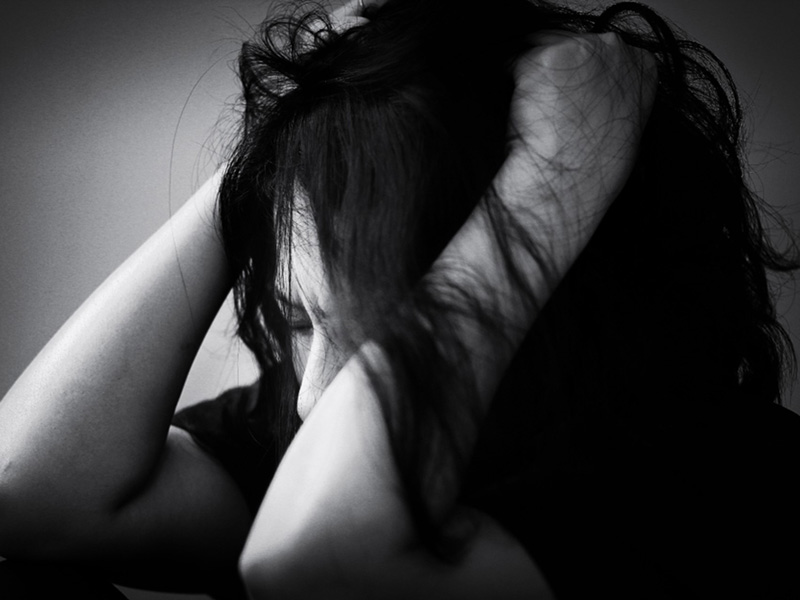Understanding Trichotillomania: A Closer Look at Hair-Pulling Disorder
Understanding Trichotillomania: A Closer Look at Hair-Pulling Disorder

Trichotillomania, also known as hair-pulling disorder, is a mental health condition characterized by a persistent and compulsive urge to pull out one’s own hair. This behavior can lead to noticeable hair loss and significant distress or impairment in social, occupational, or other important areas of functioning. While it might seem like a simple habit to break, trichotillomania is a complex disorder often associated with other psychological issues.
What is Trichotillomania?
Trichotillomania falls under the category of Obsessive-Compulsive and Anxiety Related Disorders in the Diagnostic and Statistical Manual of Mental Disorders (DSM-5). Individuals with trichotillomania experience a strong urge to pull out hair from their scalp, eyebrows, eyelashes, and other parts of the body. The act of pulling can provide a sense of relief or gratification, but it is often followed by feelings of guilt, shame, or embarrassment.
Symptoms and Diagnosis
The primary symptom of trichotillomania is recurrent hair pulling, resulting in noticeable hair loss. Other symptoms may include:
- An increasing sense of tension before pulling or when trying to resist the urge.
- Pleasure, gratification, or relief when pulling out the hair.
- Significant distress or impairment in social, occupational, or other areas of functioning.
- Repeated attempts to decrease or stop hair pulling.
Diagnosis is typically made by a mental health professional through clinical evaluation. The behavior must cause significant distress or interfere with daily life to be considered trichotillomania. The exact cause of trichotillomania is not known, but it is believed to result from a combination of genetic, biological, and environmental factors. Some potential risk factors include:
- Genetics: A family history of trichotillomania or other mental health disorders may increase the risk.
- Biological factors: Abnormalities in brain chemistry, specifically involving serotonin and dopamine, might contribute to the development of the disorder.
- Environmental factors: Stressful life events or trauma can trigger or exacerbate hair-pulling behavior.
Impact on Life
Trichotillomania can have a profound impact on an individual’s quality of life. The visible effects of hair loss can lead to social withdrawal, low self-esteem, and difficulties in personal and professional relationships. Additionally, the repetitive nature of the behavior can result in physical damage to the skin and hair follicles, sometimes leading to permanent hair loss or scarring.
Treatment and Management
Treatment for trichotillomania often involves a combination of therapeutic approaches. Some of the most effective treatments include:
- Cognitive-Behavioral Therapy (CBT): This form of therapy helps individuals identify and change the thought patterns and behaviors associated with hair pulling. Habit Reversal Training (HRT) is a specific type of CBT used to treat trichotillomania, focusing on replacing hair-pulling behaviors with healthier alternatives.
- Medication: In some cases, medications such as selective serotonin reuptake inhibitors (SSRIs) or other antidepressants may be prescribed to help manage symptoms.
- Support Groups: Joining a support group can provide a sense of community and shared understanding, which can be beneficial for those struggling with trichotillomania.
Living with Trichotillomania
Managing trichotillomania is often a long-term process that requires patience and persistence. It is important for individuals to seek professional help and build a support system of friends, family, and healthcare providers. Self-care strategies, such as stress management techniques, mindfulness practices, and maintaining a healthy lifestyle, can also play a crucial role in managing the condition.
Trichotillomania is a challenging disorder that affects many aspects of an individual’s life. Understanding the nature of the disorder, its causes, and the available treatment options can help those affected take steps towards managing their symptoms and improving their quality of life. With the right support and treatment, individuals with trichotillomania can learn to cope with their urges and lead fulfilling lives.
